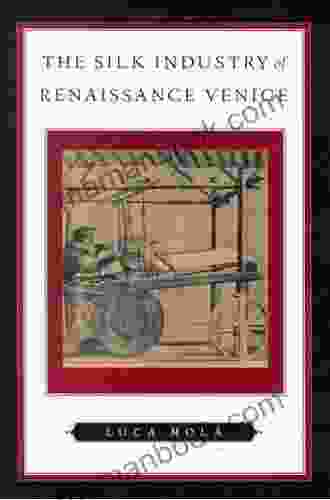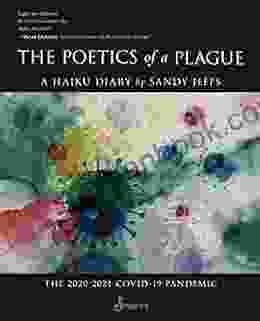The Silk Industry of Renaissance Venice: A Lucrative and Thriving Trade

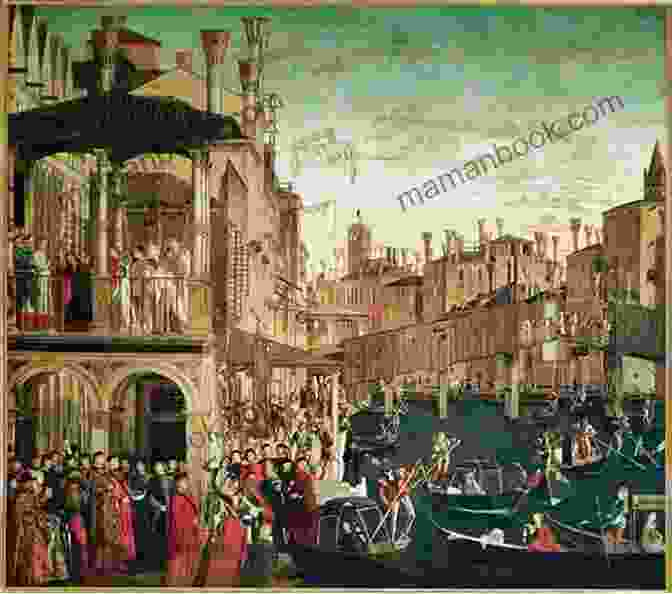
During the Renaissance period, Venice emerged as a prominent hub for the silk industry. The city's strategic location on the Silk Road, coupled with its skilled artisans and innovative techniques, allowed it to dominate the production and trade of this luxurious fabric. This article delves into the intricate tapestry of the silk industry in Renaissance Venice, exploring its historical significance, production processes, and the impact it had on the city's economy and culture.
4.2 out of 5
| Language | : | English |
| File size | : | 5546 KB |
| Text-to-Speech | : | Enabled |
| Screen Reader | : | Supported |
| Enhanced typesetting | : | Enabled |
| Print length | : | 603 pages |
The Rise of Venice as a Silk Hub
The foundations of Venice's silk industry were laid in the 13th century, when Venetian merchants established trading routes with the Byzantine Empire and the Middle East. The city became an important intermediary for the movement of raw silk from the East to the European markets. As the demand for silk surged, Venice expanded its trading network and sought to develop its own production capabilities.
In the 14th century, the Venetian government established laws to promote the silk industry. These laws encouraged the cultivation of mulberry trees, the food source for silkworms, and provided incentives for skilled weavers to establish workshops in the city. Over time, Venice became a center of innovation in silk production, developing new techniques for weaving, dyeing, and finishing that produced exquisite fabrics unparalleled in quality.
Production Techniques
The silk industry in Renaissance Venice was a complex and multi-step process. It began with the cultivation of mulberry trees, which provided leaves for silkworms to feed on. The silkworms were then raised in specialized enclosures until they spun cocoons. These cocoons were carefully collected and processed to extract the delicate silk fibers.
The extracted silk fibers were then spun into thread and dyed using a variety of natural and synthetic dyes. The dyeing process was a crucial step in the production of silk, as it could transform the fabric into a vibrant array of colors. Venetian dyers were renowned for their mastery of color, and they developed innovative techniques to create rich and complex shades.
Once dyed, the silk thread was woven into intricate patterns on looms. Venetian weavers possessed exceptional skills and precision, producing fabrics that were both beautiful and durable. The most skilled weavers could create elaborate brocades, velvets, and damasks that were highly coveted by the nobility and wealthy patrons.
The Economic and Cultural Impact
The silk industry had a profound impact on the economy and culture of Renaissance Venice. The city's control over the production and trade of silk made it a wealthy and prosperous metropolis. The industry provided employment for a large part of the population, and it contributed significantly to the city's tax revenues.
The silk industry also shaped Venice's cultural identity. The city became known for its exquisite fabrics, which were worn by the elite and admired by visitors from around the world. Venetian silks were featured in paintings, sculptures, and other works of art, showcasing the city's artistic prowess.
The silk industry also had a social impact on Venice. The production of silk was a labor-intensive process that often involved young women and children. These workers lived in close quarters and worked long hours, which raised concerns about their welfare and living conditions.
Decline and Transformation
In the 16th and 17th centuries, the silk industry in Renaissance Venice faced challenges from rising competition from other silk-producing centers, such as France and England. The discovery of new trade routes to the East also led to a decline in the importance of Venice as a hub for the silk trade.
Despite these challenges, the silk industry remained a significant part of Venice's economy. The city continued to produce high-quality silk fabrics, but it also diversified its economy by developing new industries, such as shipbuilding and glassmaking.
Legacy
The silk industry of Renaissance Venice left a lasting legacy on the city and on the world. The city's skilled artisans and innovative techniques revolutionized the production of silk, and Venetian fabrics became synonymous with luxury and elegance.
Today, the legacy of Venice's silk industry can be seen in the city's museums and cultural institutions. The Museo Correr houses a collection of exquisite silk textiles from the Renaissance period, showcasing the artistic and technical achievements of Venetian silk weavers. The city also continues to celebrate its silk heritage through festivals and exhibitions, ensuring that the story of Venice's once-thriving silk industry is not forgotten.
The silk industry of Renaissance Venice was a complex and multifaceted phenomenon that had a profound impact on the city's economy, culture, and society. From its humble beginnings in the 13th century to its decline in the 17th century, the industry played a crucial role in shaping Venice into one of the most prosperous and influential cities of its time.
The legacy of Venice's silk industry lives on today, not only in the exquisite fabrics that continue to be produced, but also in the city's artistic heritage and its enduring reputation for quality and innovation.
4.2 out of 5
| Language | : | English |
| File size | : | 5546 KB |
| Text-to-Speech | : | Enabled |
| Screen Reader | : | Supported |
| Enhanced typesetting | : | Enabled |
| Print length | : | 603 pages |
Do you want to contribute by writing guest posts on this blog?
Please contact us and send us a resume of previous articles that you have written.
 Top Book
Top Book Novel
Novel Fiction
Fiction Nonfiction
Nonfiction Literature
Literature Paperback
Paperback Hardcover
Hardcover E-book
E-book Audiobook
Audiobook Bestseller
Bestseller Classic
Classic Mystery
Mystery Thriller
Thriller Romance
Romance Fantasy
Fantasy Science Fiction
Science Fiction Biography
Biography Memoir
Memoir Autobiography
Autobiography Poetry
Poetry Drama
Drama Historical Fiction
Historical Fiction Self-help
Self-help Young Adult
Young Adult Childrens Books
Childrens Books Graphic Novel
Graphic Novel Anthology
Anthology Series
Series Encyclopedia
Encyclopedia Reference
Reference Guidebook
Guidebook Textbook
Textbook Workbook
Workbook Journal
Journal Diary
Diary Manuscript
Manuscript Folio
Folio Pulp Fiction
Pulp Fiction Short Stories
Short Stories Fairy Tales
Fairy Tales Fables
Fables Mythology
Mythology Philosophy
Philosophy Religion
Religion Spirituality
Spirituality Essays
Essays Critique
Critique Commentary
Commentary Glossary
Glossary Bibliography
Bibliography Index
Index Table of Contents
Table of Contents Preface
Preface Introduction
Introduction Foreword
Foreword Afterword
Afterword Appendices
Appendices Annotations
Annotations Footnotes
Footnotes Epilogue
Epilogue Prologue
Prologue Michael C Grumley
Michael C Grumley Iam Dreamfire
Iam Dreamfire P G Van
P G Van Randy Larson
Randy Larson Stephen C Kucko
Stephen C Kucko Mark Twain
Mark Twain Faith Blum
Faith Blum Emma Goldrick
Emma Goldrick Natalie Ann
Natalie Ann Sri Vishwanath
Sri Vishwanath Lee H Whittlesey
Lee H Whittlesey Ian Kirk
Ian Kirk Matt Forbeck
Matt Forbeck Donald Charles
Donald Charles Virgil Royer
Virgil Royer Frank Tieri
Frank Tieri Kurt Vonnegut
Kurt Vonnegut Jesse Fox
Jesse Fox Helen Baumann
Helen Baumann Lisa Bilyeu
Lisa Bilyeu
Light bulbAdvertise smarter! Our strategic ad space ensures maximum exposure. Reserve your spot today!

 Robert Louis StevensonDelving into the Culture and Structure of Military Charter Schools: A...
Robert Louis StevensonDelving into the Culture and Structure of Military Charter Schools: A...
 Branden SimmonsOne Punch Man Vol 19: The Hero Who Doesn't Give a Damn | The Ultimate Review
Branden SimmonsOne Punch Man Vol 19: The Hero Who Doesn't Give a Damn | The Ultimate Review Ron BlairFollow ·3.4k
Ron BlairFollow ·3.4k David BaldacciFollow ·18.8k
David BaldacciFollow ·18.8k Craig CarterFollow ·14.1k
Craig CarterFollow ·14.1k Jordan BlairFollow ·2.6k
Jordan BlairFollow ·2.6k Tim ReedFollow ·2k
Tim ReedFollow ·2k Jared NelsonFollow ·2.4k
Jared NelsonFollow ·2.4k Jaime MitchellFollow ·15.4k
Jaime MitchellFollow ·15.4k Ross NelsonFollow ·9.6k
Ross NelsonFollow ·9.6k

 Ernest Powell
Ernest PowellBenefits of Corporal Punishment: A Review of the...
Corporal punishment is a form of physical...
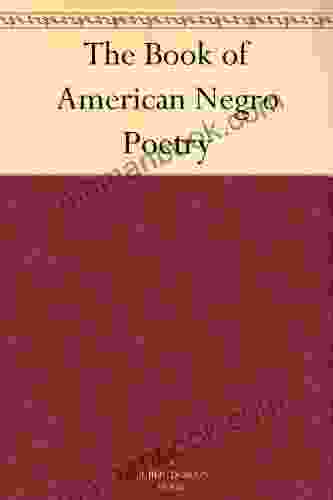
 Bobby Howard
Bobby HowardThe Development and Significance of African American...
African American...
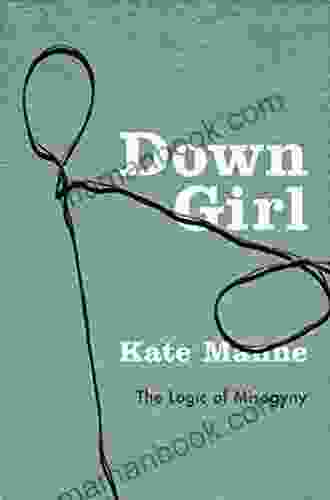
 Guy Powell
Guy PowellDown Girl: The Logic of Misogyny - A Comprehensive...
In her groundbreaking work,...

 Forrest Blair
Forrest BlairThe Bikini Changing Room: A Micro Mini Romance
In the heart of...
4.2 out of 5
| Language | : | English |
| File size | : | 5546 KB |
| Text-to-Speech | : | Enabled |
| Screen Reader | : | Supported |
| Enhanced typesetting | : | Enabled |
| Print length | : | 603 pages |


